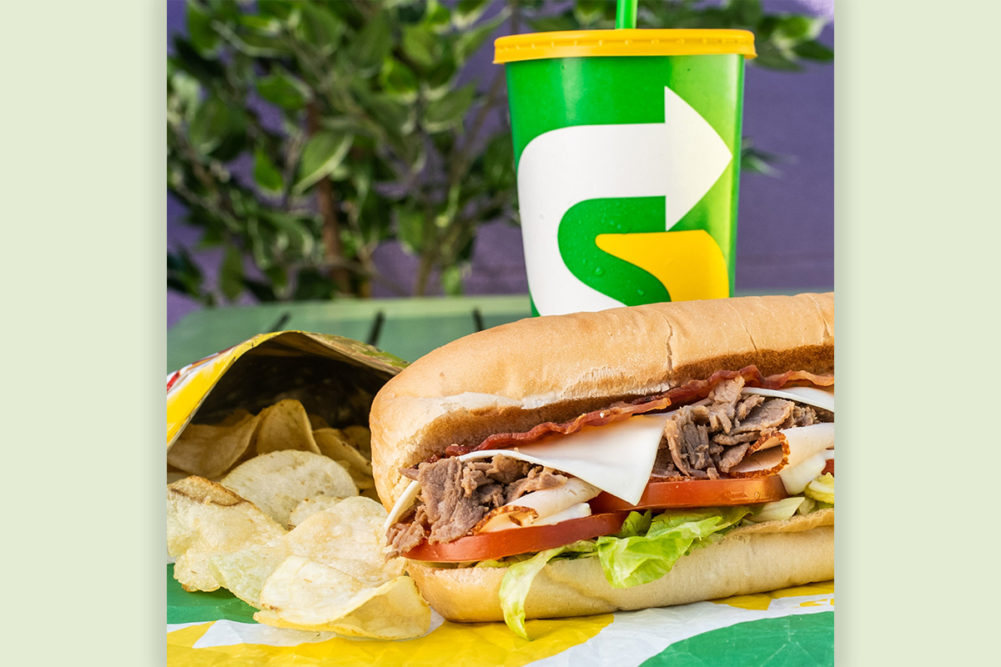MILFORD, CONN. — Subway, the quick-service restaurant chain operating more than 21,000 locations in the United States, has implemented the next step in its multi-year transformation journey: a new franchise development strategy in the United States.
As part of its updated strategy, Subway said it intends to transition from a “development-focused” organization to an “experienced-focused” organization. The company’s priorities will include optimizing the brand’s footprint to prepare it for future growth, investing in modernizing restaurants and broadening Subway’s franchisee profile.
“Subway was built with an expansion mindset that helped us become one of the world’s largest quick-service restaurant brands,” said Steve Rafferty, senior vice president of development at Subway. “Today, we are strategically focused on the quality of our restaurants versus quantity and looking to franchise restaurants to sophisticated, multi-unit owners that can help ensure we deliver a consistent, high-quality guest experience.”
Subway began its multi-year transformation journey in July 2021 with the launch of “Eat Fresh Refresh,” the chain’s largest menu makeover. The 20-plus menu updates included 11 new and improved ingredients, 6 new or returning sandwiches, and 4 revamped signature sandwiches. The refresh also included enhanced digital ordering to elevate guests’ experiences.
Subway said the menu makeover helped propel it to its highest annual system average unit volume since 2014 and significant growth across digital channels.
Now, Subway is taking the next steps to prepare for future growth.
One of the first steps Subway is taking is ensuring restaurants are in the right format and locations, including drive-thrus and non-traditional locations, to deliver on convenience, accessibility and value.
Second is an investment in remodels. Subway said nearly 9,000 of its US locations have committed to remodels with the brand’s contemporary “Fresh Forward” design. More improvements will be made to the format and layout of locations as the restaurant chain moves forward in its transformation, Subway said.
A third — and vital — step to the transformation strategy involves broadening Subway’s franchisee profile. Subway said it is “actively inviting” well-resourced, multi-unit franchisees to join the company while at the same time discussing the potential acquisition of existing operators who wish to retire or sell.
“Historically, Subway has been a system of primarily single-restaurant operators,” Mr. Rafferty said. “These operators — often first-time business owners and budding entrepreneurs — have always been integral to our growth strategy, and they will continue to be a critical part of our brand strength. At the same time, to ensure we remain competitive for years to come, we’re scaling up with high-caliber multi-unit franchisees, who bring operating expertise, development capabilities and capital.”
Internationally, Subway continues to flourish. In the past 10 months the company has signed eight master franchise and development agreements with nearly 5,000 future restaurant commitments across Asia Pacific, Europe, Middle East and Africa, and Latin America and the Caribbean regions. Overall, Subway operates more than 37,000 restaurants in more than 100 countries.




